Taken For A Ride: Around the Midwest on a Triumph Bonneville
In an earlier issue (May/June 2018), I mentioned I would be taking a solo motorcycle trip south along the Mississippi River on my 1974 Triumph Bonneville. Several Post readers wrote asking if they could join me, one of whom was a woman wanting to know whether I was married and if I might like a little company. Apparently, there is nothing like a motorcycle trip to excite the imagination.
I’m pleased to report the trip was a success, though it went nothing like I had planned. When Rod Collester, my friend and a vintage Triumph expert, learned my intentions, he advised me not to ride a 44-year-old motorcycle with an oil leak rivaling the Exxon Valdez halfway across the country. Fortunately, I also own a new Triumph Bonneville that from a hundred yards away looks a lot like my old Triumph Bonneville, which, as we say in Indiana, is close enough for government work, so I rode it instead.
Then two friends, Ned and Mike, heard of my trip and asked if they could come along, and I said yes, even though they ride a Honda and a Harley Davidson. While I never hold someone’s gender, religion, race, national origin, or sexual orientation against them, I have been known to look down my nose at people with so little regard for Triumph motorcycles that they would ride something else. But I swallowed my pride and invited them to join me, provided they refrain from making snide comments about the size of my motorcycle (900cc) compared to theirs (1300 and 1800 ccs). They kept their word for the first hundred miles, and then Ned referred to my bike as a “moped” and Mike laughed so hard he snotted himself.
By some quirk of fate, we left on our trip the same day the tropical cyclone Alberto hit landfall in the Gulf Coast, spawning storms and record rainfall along our intended route. Instead of heading south, we rode northwest 350 miles to Galena, Illinois, where Ulysses S. Grant was living when the Civil War broke out, working as a clerk at his father’s store, a job he despised but took because he was broke. If you ever feel like giving up, it might help to remember that in 1857, Grant pawned his watch to buy Christmas gifts for his family, then 10 years later was a national hero, well on his way to the presidency. (Grant was so virtuous, I can’t help but think that if the motorcycle had been invented then, he would have ridden a Triumph Bonneville.) We spent the night at the DeSoto House Hotel, built in 1855 and named after Hernando De Soto, who was purported to have discovered the Mississippi River on May 8, 1541, much to the surprise of the Native Americans who were already there, many of whom he promptly killed.
In Olney, a storm struck from the northwest, and I prayed it would give birth to a tornado and kill me dead.
The next morning, dodging Alberto’s offspring, we rode south along the Great River Road to Fort Madison, Iowa. If you’ve ever eaten Armour bacon, then in a roundabout way you’ve visited Fort Madison, too, since their processing plant is southwest of town along Highway 61. The scent of meat hangs over the place, a not altogether unpleasant aroma. Every town should be so fortunate to smell like bacon. We stayed the night in a Super 8 motel owned by a man from India who, though unintelligible, was thoroughly helpful. I’m not sure why so many Indians own hotels in America, and I don’t care so long as the rooms are clean and they have a TV channel that shows The Andy Griffith Show and Gunsmoke.
The next day found us in Hannibal, Missouri, the hometown of Mark Twain, which we would never have figured out except for the Mark Twain Hotel, the Mark Twain Restaurant, the Mark Twain Cave, the Mark Twain Antique Shop, the Mark Twain Museum, Mark Twain Avenue, the Mark Twain Boyhood Home, the Mark Twain Memorial Lighthouse, and the Mark Twain Brewing Company, where Mike, against our advice, danced on a table. Continuing southward, we eventually crossed the Mississippi on the Golden Eagle ferry, motored seven pleasant miles across the Brussels peninsula, ferried across the Illinois River, and stayed the night at the Pere Marquette State Park Lodge, built by the Civilian Conservation Corps during the Great Depression. The next time someone tells you the government can’t do anything right, take them to the Pere Marquette State Park Lodge six miles west of Grafton, Illinois, and show them what America did when it had intelligent and visionary leaders.
If on the Judgment Day I am sentenced to hell, I will appeal the verdict by pointing out that I have already been there, on U.S. 50 crossing Illinois from Lebanon to Lawrenceville, an unrelentingly boring stretch of road 119 miles in length that felt like a thousand. In Olney, a storm struck from the northwest, and I prayed it would give birth to a tornado and kill me dead. Alas, I was not so fortunate and entered Indiana at Vincennes, the hometown of my parents and, coincidentally, Ned’s residence while serving as a district superintendent for the United Methodist Church during his years of checkered employment. I asked Ned if he wanted to go off the bypass and ride through town and he said “God, no,” or something to that effect. I could only conclude that when he left Vincennes, he had been asked never to return.
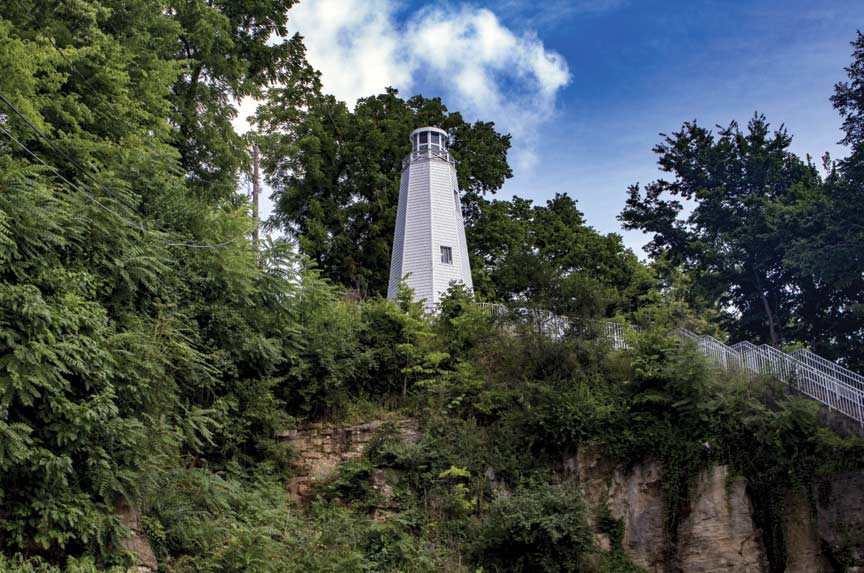
We continued east on U.S. 50 through Amish country down to French Lick, hometown of basketball legend Larry Bird, where we stopped for dinner at the West Baden Hotel and ate grilled cheese sandwiches, the only thing on the menu we could afford. From there, we rode through the countryside to our farmhouse in Young’s Creek, built by my wife’s grandfather, Linus Apple, in 1913 and restored 98 years later by my wife and me before I spent all our money on motorcycles.
The next day found us heading north toward home, a formerly bucolic drive until Indiana’s governor, three governors ago, had the bright idea to turn a perfectly good state highway into an interstate, transforming a two-hour jaunt into a four-hour Sisyphean slog. I rolled into our garage five days and 1,123 miles after our departure and remain, to this day, a jaded and weary man, worn down by the road and my association with two dubious characters. Next year, I am informed, we will tackle the Natchez Trace Parkway through Mississippi, Alabama, and Tennessee. I can hardly wait.
Philip Gulley is a Quaker pastor and author of 22 books, including the Harmony and Hope series featuring Sam Gardner.
This article appears in the November/December 2018 issue of The Saturday Evening Post. Subscribe to the magazine for more art, inspiring stories, fiction, humor, and features from our archives.
Summer Road Trips: Bookish Travel
The call of the open road is as booming as ever. As far as domestic leisure travel is concerned, more Americans are opting to go by way of the automobile. Whether it’s due to the flexibility of packing heavy and stopping at will along the way or the nostalgia of highway getaways, road trips are back!
To satiate your bookworm wanderlust, take the great American road trip inspired by great American literature.
1. Walden Pond
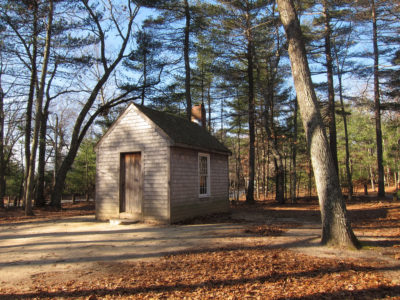
The site where transcendentalist Henry David Thoreau spent two years in a log cabin is only a half-hour drive from Boston. The pond once hosted an amusement park with concessions, swings, a dancing hall, and a baseball diamond that burned down in 1902, but now all that remains is a replica of Thoreau’s cabin. The grounds are a Massachusetts state park perfect for swimming, hiking, and contemplating “the tonic of wildness.”
Read “An Unlikely Hero in the Fight for Personal Liberty”
2. Amherst
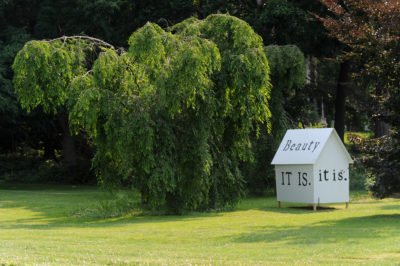
The property on which Emily Dickinson was born and spent most of her life as a recluse is a portal to the past. Though a prolific poet, Dickinson published very little during her lifetime. It was on this property in Amherst, Massachusetts that she wrote scores of short, solemn poems that would later be acclaimed for their value to literary scholarship. Both Dickinson houses serve as museums of the prominent family, and the gardens on the property grow the same flowers and shrubs that featured prominently in Dickinson’s poetry.
3. Harlem
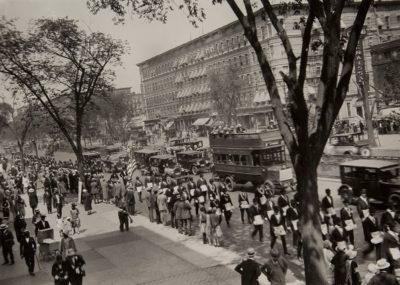
The Manhattan neighborhood known for an African-American artistic flourishment in the 1930s and ’40s was home to literary greats like Langston Hughes, Richard Wright, and Claude McKay. Langston Hughes’s longtime home, now in the National Register of Historic Places, is the site of an arts collective, and Madam C.J. Walker’s building is now a public library branch. The Schomburg Center for African-American Culture, once the site of the American Negro Theater, hosts a large collection of books and artifacts pertaining to the Harlem Renaissance.
Read Langston Hughes in the Post
4. Eatonville
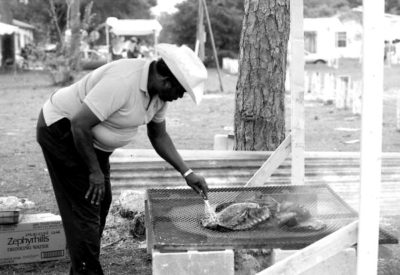
Eatonville, Florida was the home of Zora Neale Hurston as well as the inspiration for much of her work centering around the African-American experience in the South. Each year, The Zora! Festival of the Arts and Humanities celebrates the author’s life with concerts and presentations on the themes of Hurston’s work. A previously unpublished manuscript by Hurston, based on her interviews with a man who came to the country on a slave ship, was recently released after 90 years in the dark.
Read “The Conscience of the Court” by Zora Neale Hurston
5. Key West
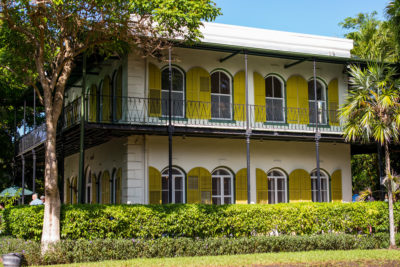
Eccentric and lavish, the French Colonial house of Ernest Hemingway sits a few blocks from the southernmost point of the continental U.S. Driving to Key West grants drivers at once stunning views and terrible traffic, and the Hemingway House offers a glimpse into the quirky life of one the country’s most talented writers. He loved his polydactyl cats (the descendants of which still roam the house), and he built a backyard pool at a time when it would have cost over 300,000 in today’s dollars.
6. Monroeville
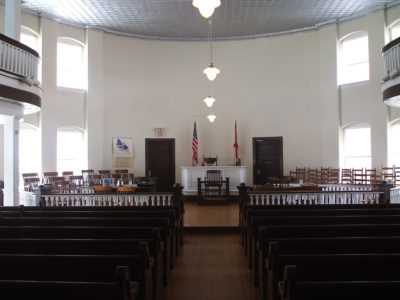
The “literary capital of Alabama” was home to both Truman Capote and Harper Lee (they were neighbors), and it inspired the southern settings of their fiction. Maycomb, the segregated setting of To Kill a Mockingbird, was practically modeled on Monroeville, and each year the town’s theater troupe stages the play adaptation. The first half is played in an amphitheater, and the second half takes place inside the town’s old courthouse. The same courthouse houses a museum featuring Capote’s old letters and childhood possessions.
Read “Capote Writes for the Post”
7. Indianapolis
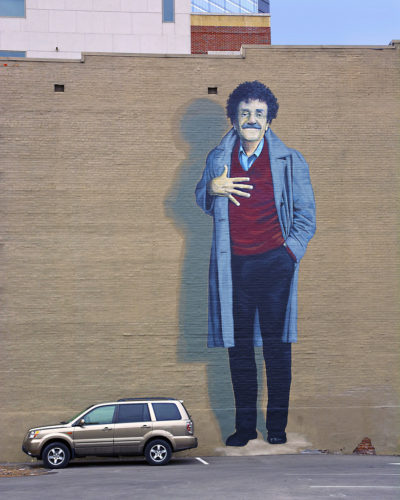
Kurt Vonnegut, Jr. wrote bountifully of his hometown of Indianapolis, “where common speech sounds like a band saw cutting galvanized tin,” and they’ve memorialized him with the Kurt Vonnegut Museum and Library. You can walk down the same streets as the fictional Kilgore Trout and look up at buildings designed by Vonnegut’s father and grandfather, Kurt Vonnegut, Sr. and Bernard Vonnegut.
Read “Vonnegut Lives!”
8. Hannibal
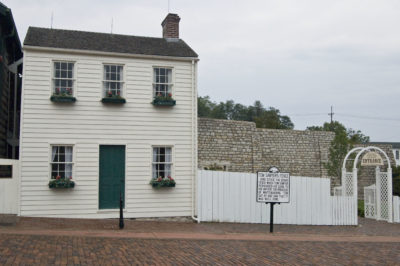
Samuel Langhorn Clemens’s childhood town sits on the Mississippi River, where his work on steamboats gave him his pen name, Mark Twain. The name adorns a substantial amount of attractions in Hannibal, Missouri, too: the Mark Twain Boyhood Home and Museum, the Mark Twain Lighthouse, Mark Twain Cave. You can even ride on the Mark Twain Riverboat for a dinner cruise.
Read “The Surprising and Familiar Mark Twain”
9. Red Cloud
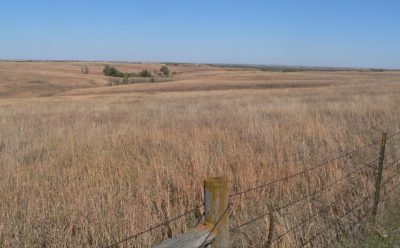
“I wanted to walk straight on through the red grass and over the edge of the world, which could not be very far away,” Willa Cather wrote of the western prairie. The O Pioneers! and My Ántonia author is memorialized with 600 acres of never-before-plowed prairie near her childhood home in Red Cloud, Nebraska. The native grasses and wildflowers return visitors to an untouched version of the Great Plains.
10. Salinas
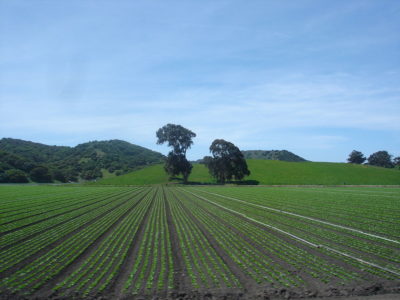
John Steinbeck molded the working class and migrant characters of his stories from his experiences working on ranches outside his hometown, Salinas, California. The house Steinbeck grew up in stands at the center of town just a few blocks from the National Steinbeck Center museum. Although the author moved away young and travelled often, Salinas Valley is so prevalent in his fiction that the area is often called “Steinbeck country.”
